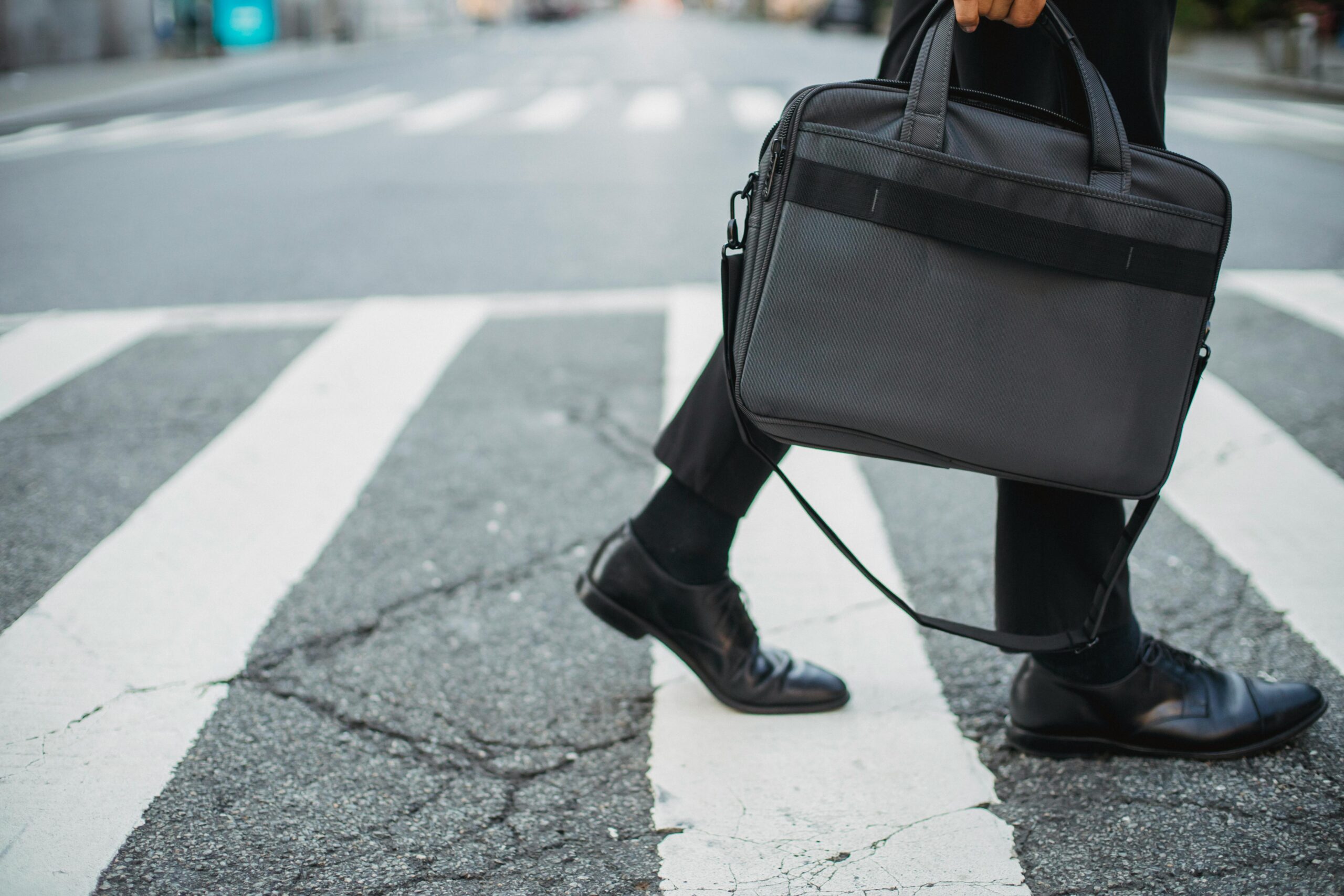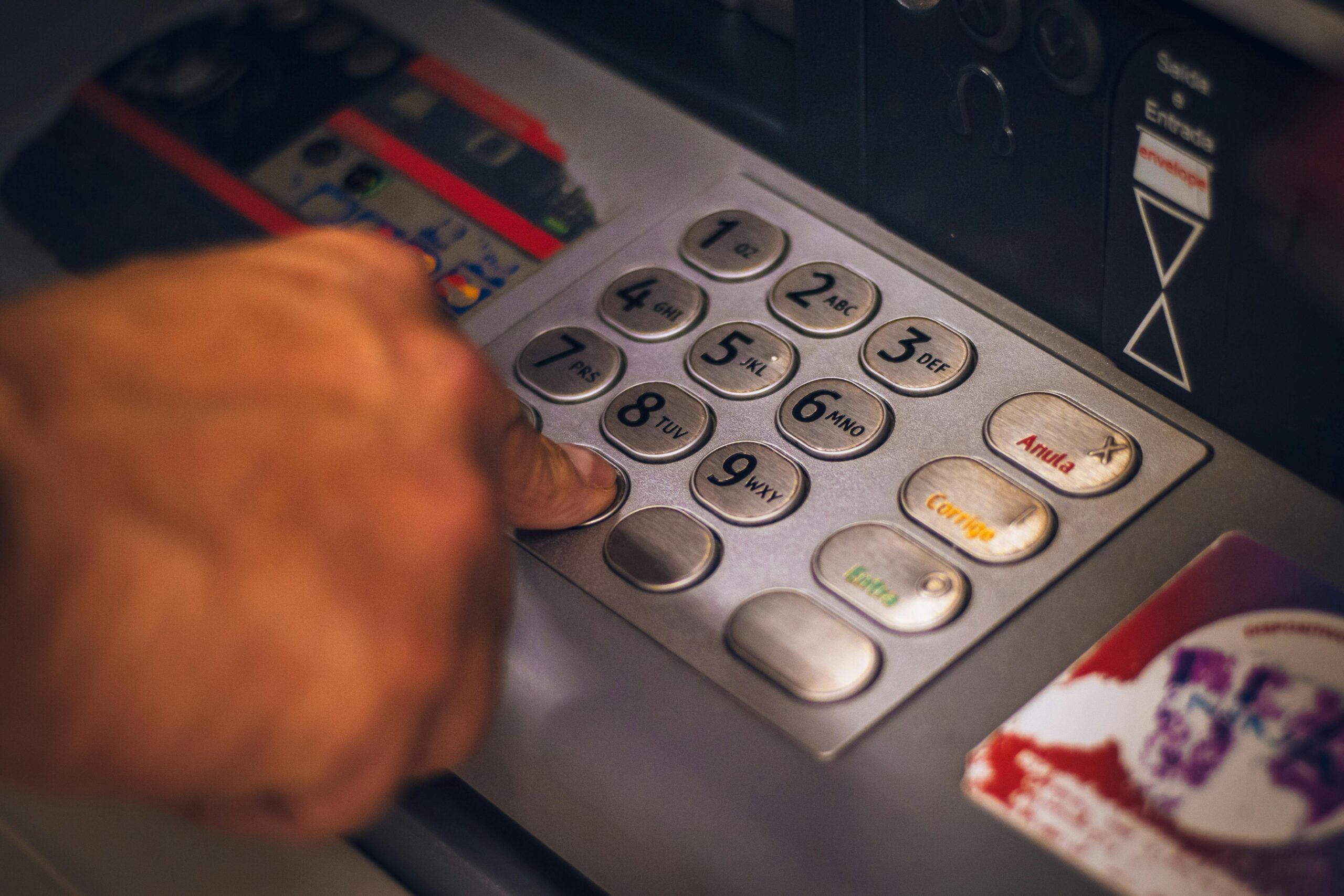When you drive somewhere nearby — shops, errands, café — choose a parking spot about one block or a short walk away instead of right at the door. Then walk that extra distance.
This simple behavior supports SDG 11: Sustainable Cities and Communities by reducing localized traffic congestion, lowering pollution exposure in your immediate surroundings, and adding a bit of physical movement to your day.
Why It Matters
- Short trips dominate: In the U.S. in 2021, 52 % of all trips (across all transport modes) were less than three miles, and 28 % were less than one mile. (Source: U.S. Bureau of Transportation Statistics / DOE) (Source: The Department of Energy’s Energy.gov)
- Air pollution kills millions each year: Ambient outdoor air pollution was estimated to cause 4.2 million premature deaths worldwide in 2019. (Source: World Health Organization, Ambient Air Quality & Health fact sheet) (Source: World Health Organization)
- Over 80 % of city dwellers breathe unhealthy air: More than 80 % of people in urban areas where pollution is monitored are exposed to air quality levels that exceed WHO guideline limits. (Source: WHO, Air Quality Database / Urban Exposure) (Source: World Health Organization)
- Health impacts of air pollution: Short-term exposure to pollution is linked to reduced lung function, aggravated asthma, heart problems, and increased hospital visits. (Source: National Institute of Environmental Health Sciences, “Air Pollution and Your Health”) (Source: NIEHS)
- Traffic share of short trips: Private vehicles (cars, SUVs) account for a large portion of short-distance trips (under three miles) in many U.S. metro areas. (Source: Congestion and environmental impacts of short car trips study) (Source: ScienceDirect)
These data show that many car trips are short enough that walking is viable, and that reducing those vehicle movements in neighborhoods can improve air quality and health locally.
The Impact
By choosing to park one block away, you shift a micro-segment of your trip from “car-only” to a mix of walking and driving. That block you walk instead of riding can reduce emissions exactly where they would concentrate — in neighborhoods, near sidewalks, schools, and homes. Over time, if many individuals adopt this simple habit, we reduce idling, cut local pollution peaks, and make streets safer and more pleasant. The collective gain is more breathable air and more human-scale streets.
Caution
- Accessibility & mobility: If someone has mobility constraints or disabilities, walking extra might be difficult. Don’t force the habit in those cases — adapt or skip it.
- Safety first: Park in safe, well-lit areas and choose routes with good pedestrian infrastructure (sidewalks, crossings).
- Weather & carrying loads: If you have a lot to carry or the weather is severe (rain, snow, heat), plan to park closer that day — the habit shouldn’t risk your health or safety.
- Be mindful of boundaries: In some areas, parking further can incur higher costs or regulation — check local rules so you don’t incur fines.
How to Start (Today)
- Next time you drive to a nearby destination, intentionally bypass the closest possible parking and opt for a spot one block (or up to 5 minutes’ walk) away.
- Walk that final stretch — enjoy the fresh air, stretch your legs.
- Over a week, try incorporating this strategy into 1–3 short trips.
- Share your walk with neighbors or family — make it a small challenge or habit test.
- Notice local changes: fewer idling cars near curbs, more room on sidewalks, possibly fresher air near your street.
Bottom Line
Walking just a little more — by parking a block further — doesn’t just add steps. It reduces local pollution, eases congestion close to where people live, and fosters healthier, more walkable neighborhoods.
This easy, zero-cost habit pushes us closer to SDG 11: Sustainable Cities and Communities, one block at a time.




